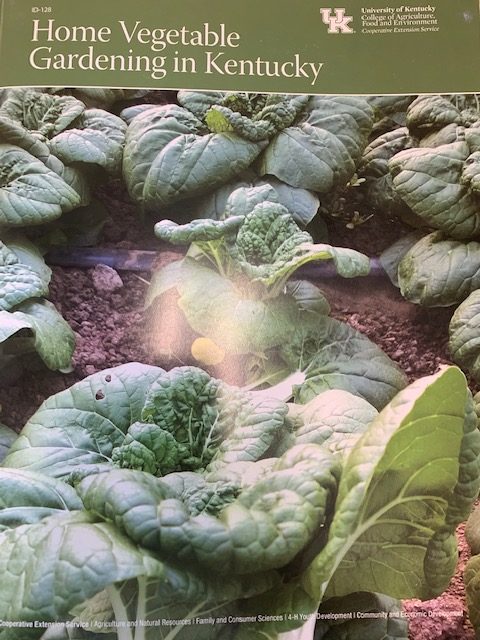On Monday, April 30th, Dr. Rick Durham from the University of Kentucky College of Agriculture attended the Grow Appalachia meeting in Magoffin County. Dr. Durham is a consumer horticulture specialist at the university. The topics discussed during, Dr. Durham’s visit covered everything from choosing a garden spot, to harvesting. Also, Dr. Durham discussed many varieties of vegetables which are award winners from the All-American seed selections.
When discussing the planning of the garden, Dr. Durham expressed the importance of planning the garden. He also discussed ways to extend the growing season. I asked Dr. Durham which aspect of his discussion would be the most important to share with an extended audience. Dr. Durham said, the message that he would most like to share is the importance of succession gardening.
Succession gardening is utilizing all three growing seasons in the garden. On pages 14 and 15 of the University of Kentucky publication, “Home Vegetable Gardening in Kentucky, ID-128,” succession gardening is discussed. This article has all the information needed for the home gardener to plan his garden before the gardening season begins. The main thought which Dr. Durham wanted to share during his discussion on Succession Gardening, is for the gardener to have a plan for what he will plant next after harvesting.
The article, “One Garden Plot: Three Garden Seasons” informs the home gardener how to plan his garden to extend the growing season into the fall. This article contains helpful hints for planting. The article also contains charts which share the plants which should be planted during each season; whether planting seeds or transplants. Also, the charts share the days before plants reach maturity.
Many home gardeners know of the first two seasons for planting, the Spring Season and the Summer Season. However, I do not think that most gardeners take advantage of the fall season. Many know that greens and turnips can be planted in the fall. But, did you know that vegetables like potatoes, beets and broccoli can be planted for a fall harvest? According to the chart, beets can be planted until mid-August to be harvested in October. Broccoli can be planted in July-August to be harvested September-November. Also, potatoes can be planted in mid-June to be harvested in October.
I also found these interesting tidbits of information while perusing the article, “One Garden Plot: Three Garden Seasons.” Inside the section on The Spring Garden, the article suggest, “When “double cropping,” do not plant closely related vegetables in the same rows because of possible disease and insect carryover from the spring crop.” In the Summer Garden section of the article, the author encourages planting which will guarantee short, mid, and long-season ending crops. Also included in this article, in the section on the Fall Garden is this quote, “Some of the best quality vegetables are produced during fall’s warm days and cool nights.”
For more information about Succession Gardening, I suggest you consult the“Home Vegetable Gardening in Kentucky” publication, ID-128.



Leave A Comment